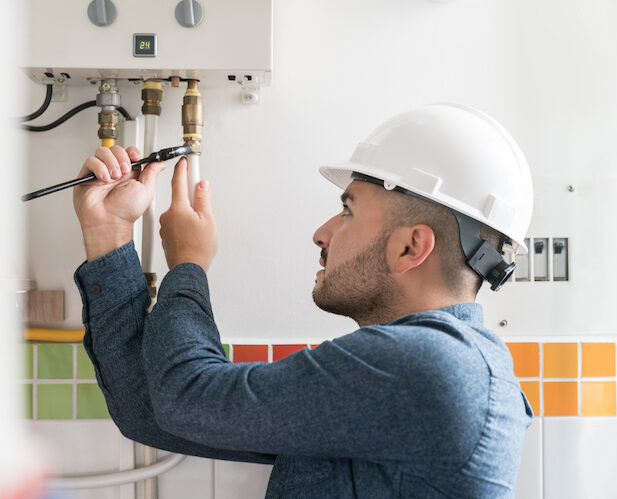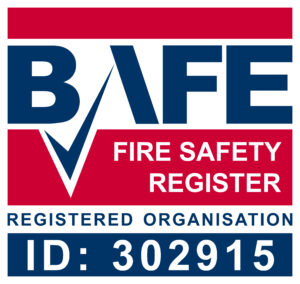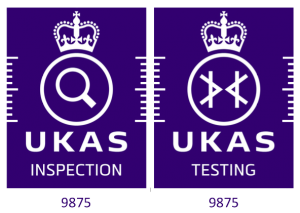“The risk assessment is required for any water system”
- Legionella Control
- Am I responsible?
- What do I need to do?
- How can we help?
- What is Legionnaires' disease?
Legal Overview
The HSE guidance document Legionnaires’ disease: The control of legionella in hot and cold water systems (HSG 274) states that
“all water systems require a legionella risk assessment”
and
“it is a legal duty to carry out an assessment to identify and assess whether there is a risk posed by exposure to legionella from the hot and cold water system or any work associated with it”
The HSE guidance document HSG 274 is enforceable under the Health & Safety at Work Act 1974 and COSHH Regulations 2002 (Control of Substances Hazardous to Health).
Please note that under the Corporate Manslaughter and Corporate Homicide Act 2007, companies can be found guilty of corporate manslaughter in circumstances where management failings result in a gross breach of their duty of care.
Am I responsible?
The HSE guidance sates that all water systems require a legionella risk assessment and the responsibility lies with employers, those in control of premises and those with health and safety responsibilities for others. This will include persons who are
- Responsible for business premises
- An employer or self-employed with business premises
- A landlord (residential and commercial)
- Responsible for a part of a dwelling where that part is used for business purposes
- Providing accommodation for paying guests
What do I need to do?
A legionella risk assessment is the first stage in determining the risk posed by your water systems and fulfilling your legal obligations with regards to the control of legionella.
It is the responsibility of the statutory dutyholder to ensure a legionella risk assessment is undertaken, and, that there is a suitable legionella control regime in place so as to
- Prevent the proliferation of legionella in the water systems and
- Reduce so as far is reasonably practicable exposure to aerosols and water droplets
Where there are five or more employees, the significant findings of the assessment must be recorded. All legionella monitoring and inspection records should be retained for at least five years.
How can we help?
Salvum Ltd have a wealth of expertise in this field and our experienced consultants will carry out a comprehensive assessment based on the mechanical, operational, chemical and management aspects of your water systems. Our bespoke reports include details of the following:
- Conditions of water systems on site
- Level of risk associated with systems
- List of recommendations detailing remedial actions required to attain compliance with the current legislation
- Validity of legionella control scheme and records
- An up to date water asset register
- Schematic drawings of water systems
- Water temperature profiling of site
- Details of management personnel
- Schedule of legionella control tasks
The microbiological analysis of water samples is available upon request and undertaken by a UKAS accredited laboratory.
What is Legionnaires’ disease?
Legionnaires’ disease is a potentially fatal form of pneumonia caused by the bacterium Legionella pneumophila. Legionella bacteria can also cause less serious illnesses such as Pontiac Fever and Lochgoilhead Fever, which are not necessarily fatal or permanently debilitating. The diseases caused by legionella and related bacteria are known as Legionellosis’.
The bacterium Legionella pneumophila serogroup 1 is the most common cause of Legionnaires’ disease. The first reported outbreak occurred in 1976 among attendees at an American Legion Convention in Philadelphia. A total of 221 people were infected, of which 34 died. More recently, outbreaks have been reported in Carmarthen, Stoke and Edinburgh.
How?
The disease is contracted by the deep inhalation of small contaminated water droplets known as aerosols or droplet nuclei which are the particles remaining after water has evaporated.
Aerosols can be created by water systems which generate a spray such as showers, decorative fountains, jacuzzis, spa pools, sprinkler systems and evaporative cooling towers to name but a few.
There are no recorded cases of person to person spread of the bacteria.
Who?
The bacterium can affect anybody but predominately affects people who have increased susceptibility due to predisposing factors such as:
- Over 45 years of age
- Chronic respiratory or kidney disease
- Diabetes, lung and heart disease
- Smokers and heavy drinkers
- Anyone with an impaired immune system
- Male (men are more susceptible than women)
It is estimated that infection with the bacteria is fatal in approximately 12% of reported cases. Not everyone exposed to the bacteria will develop symptoms of the disease but those that do may experience flu like symptoms. There are no recorded cases of person to person spread of the bacteria.
Where?
Legionella bacteria are present in the natural environment and can be found in both man-made and natural water systems such as lakes, rivers, reservoirs and soil. As the bacteria is naturally occurring, it may be present in the mains water supply to your building (typically in low numbers) and therefore may eventually colonise artificial water systems such as cooling towers, domestic hot and cold water systems and any other systems which could support multiplication of the bacteria. Legionella bacteria can survive under a wide range of environmental conditions and have been detected in water at temperatures between 6°C and 60°C; however, temperatures between 20°C and 45°C appear to favour growth. The bacterium appears to remain dormant at temperatures below 20°C and will begin to proliferate when temperatures are conducive to growth. Legionella bacteria will not survive at temperatures exceeding 60°C.
The bacterium also requires a source of nutrients in order to proliferate. These sources include algae, amoeba and other organic matter which may be present within the host water system. Legionella bacteria also require iron to grow, which is often provided by corrosion. The presence of sediment, sludge, scale and biofilm are thought to encourage the growth by protecting the bacterium from the effects of temperature and biocides.
Legionella bacteria are most likely to proliferate and create a risk within water systems where the following conditions are prevalent:
-
- Water temperature in some or all parts of the system is between 20°C to 45°C
- Deposits which support bacterial growth by providing nutrients (e.g. rust, sludge, scale, biofilms, algae, amoeba and other organic matter)
- Water is stored and/or recirculated around a system (e.g. cold water storage tanks and calorifiers)
- Creation and dissemination of breathable water droplets (e.g. aerosols from showers and tap outlets)
- Employees, visitors and contractors could be exposed to any contaminated droplets
FAQs
We’ve been asked may questions but here’s a few…
How quickly can the assessment be undertaken?
We can normally be onsite within a few days and have the report to you within 2-3 working days of the assessment date.
Who is responsible?
It is the responsibility of the statutory duty holder to ensure a legionella risk assessment is undertaken, and, that there is a suitable legionella control regime in place. This will include persons who are
– Responsible for business premises
– An employer or self-employed with business premises
– A landlord (residential or commercial)
– Responsible for a part of a dwelling where that part is used for business purposes
– Providing accommodation for paying guests
What must I do?
As the responsible person you must carry out and regularly review a legionella risk assessment of the premises. This will identify what you need to do to prevent the proliferation of legionella and keep people safe.
What are my duties as a landlord?
The HSE guidance states that “It is the legal duty for landlords who provide residential accommodation to consider, assess and control the risks of exposure to legionella to their tenants”.
How often should I test for legionella?
This will vary depending on the type of water systems in place and the outcome of your legionella risk assessment.
Where can Legionella be found?
Legionella bacteria are present in the natural environment and can be found in both artificial and natural water systems such as lakes, rivers, reservoirs and soil. As the bacteria is naturally occurring, it may be present in the mains water supply to your building (typically in low numbers).
Where is it most likely to proliferate?
Legionella bacteria are most likely to proliferate within water systems where the following conditions are prevalent:
– Water temperature in some or all parts of the system is between 20°C to 45°C
– Deposits which support bacterial growth by providing nutrients (e.g. rust, sludge, scale, biofilms, algae, amoeba and other organic matter)
– Water is stored and/or recirculated around a system (e.g. cold water storage tanks and calorifiers)
Do all water systems require a Legionella Risk Assessment?
Yes. The HSE guidance document HSG 274 states that “all water systems require a legionella risk assessment”.
Is it a legal requirement to have a Legionella Risk Assessment?
The HSE guidance document HSG 274 is enforceable under the Health & Safety at Work Act 1974 and COSHH Regulations 2002 (Control of Substances Hazardous to Health).
Are the Legionella Risk Assessment reports compliant?
Yes, our reports are fully compliant with the HSE guidance document Legionnaires’ disease: The control of legionella in hot and cold water systems (HSG 274). We have an in house compliance procedure where by the report is checked before being sent to our clients.
Are you a member of any associations?
Yes. All our legionella consultants are full members of the Water Management Society.
Do you undertake remedial works?
No we don’t. We are an independent consultancy. We feel that undertaking remedial works such tank cleaning and disinfection can be seen as a conflict of interest and therefore compromise our advice.
Does Salvum hold Insurance?
Yes we do. We hold Professional Indemnity Insurance which safe guards our advice. We also hold Public Liability Insurance and Employers Liability Insurance as standard. Our certificate is available upon request.
How do I pay?
There are NO UPFRONT FEES. Payment is required prior to release of the report. We undertake all work prior to payment in good faith and payment is required when the reports are ready to be sent to you.
We accept payment by Debit Card, Credit Card, Bank Transfer (online banking) or Cheque. Whichever is easiest.
Get in touch
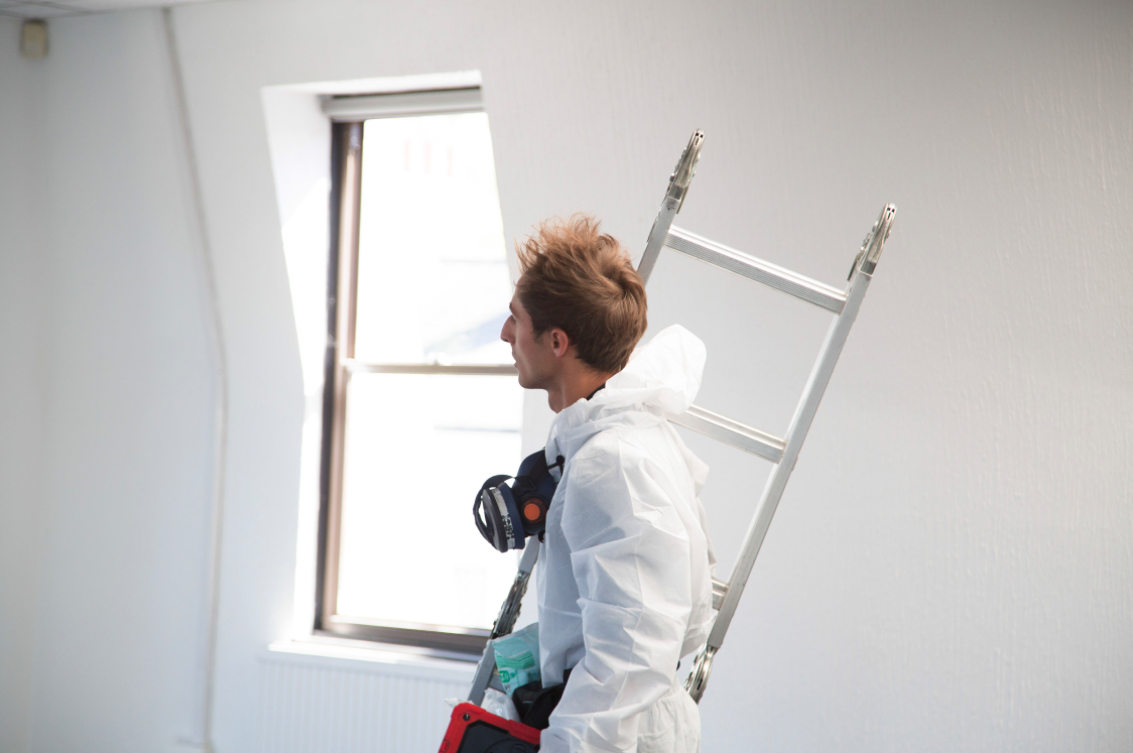
How to determine the right organisation to undertake your asbestos surveys – UKAS Accreditation
How to determine the right organisation to undertake your asbestos surveys - UKAS Accreditation
Read More
Company and its director prosecuted for unsafe removal of asbestos across Great Britain
Read More
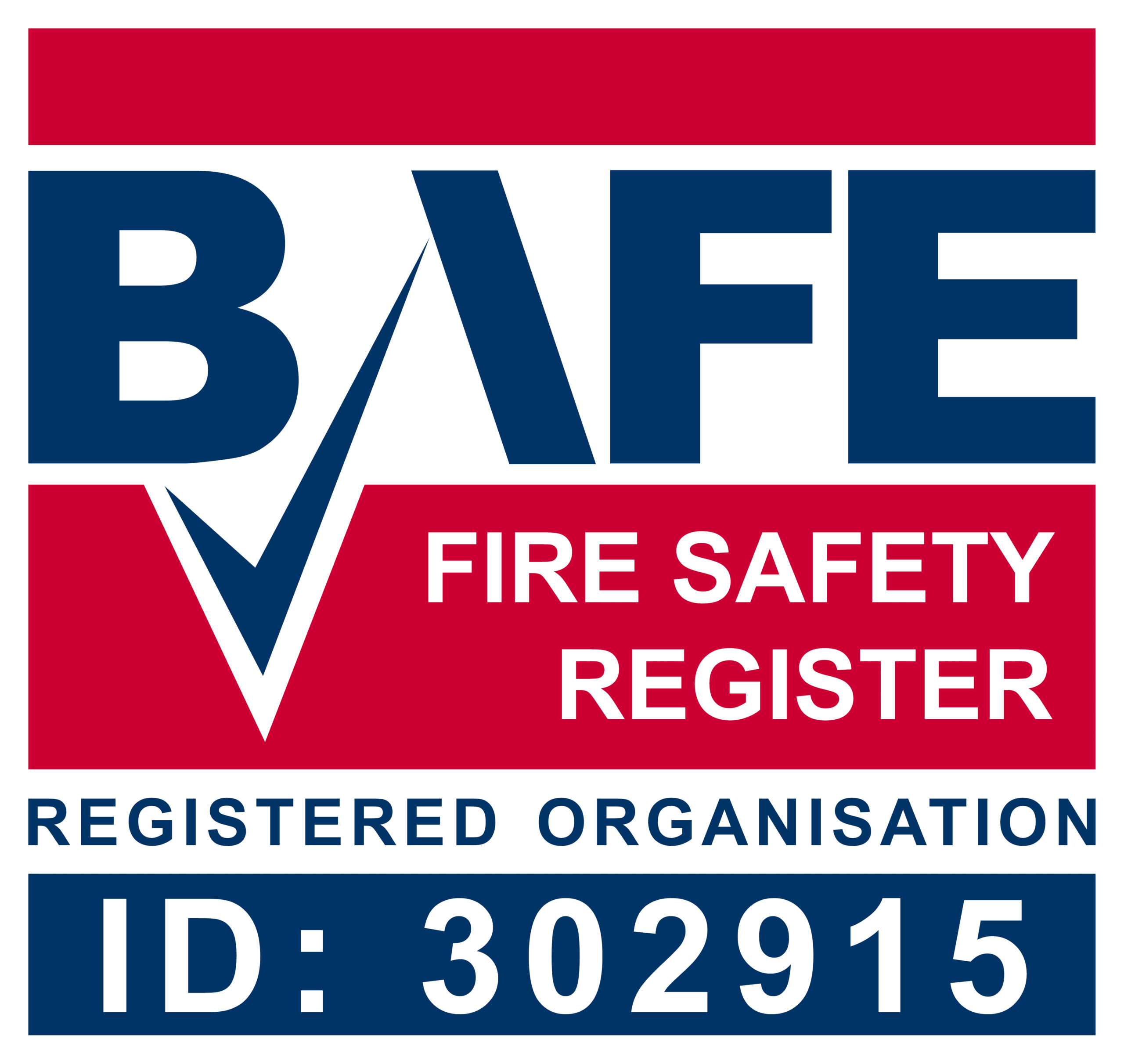
BAFE SP205 Certified
We are extremely proud to announce that as of today we are BAFE SP205 Certified for Fire Risk Assessments
Read More
